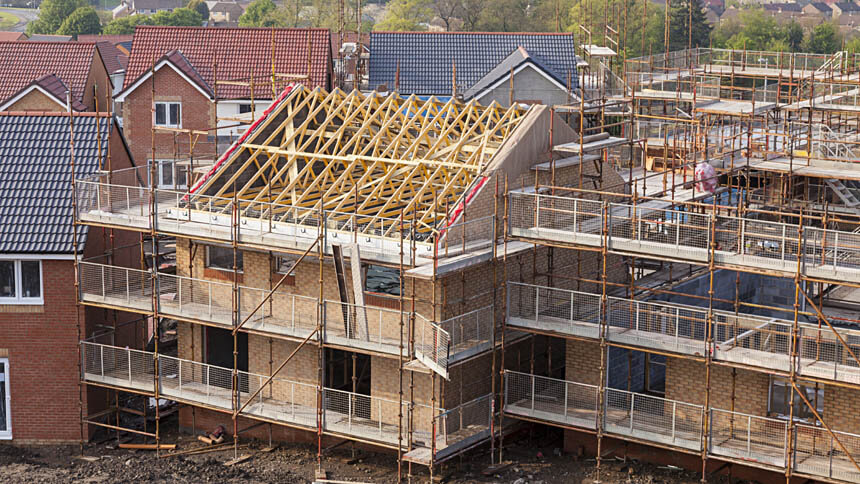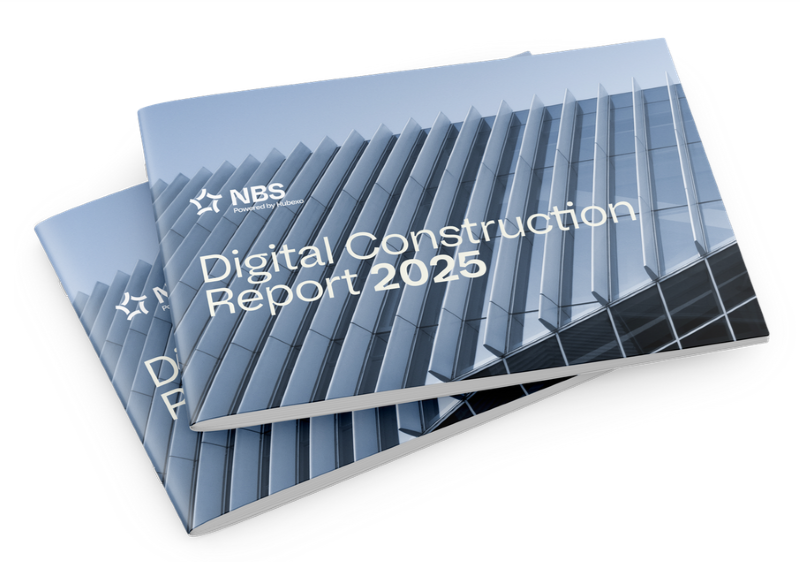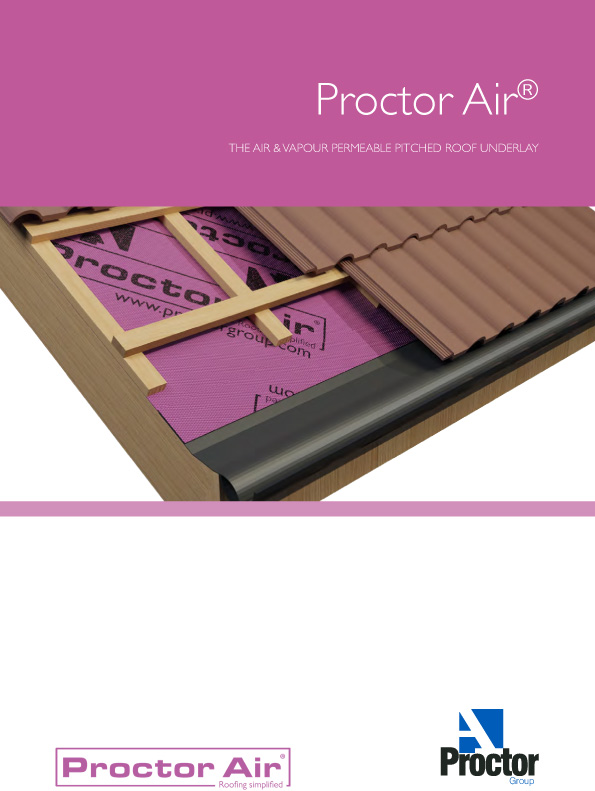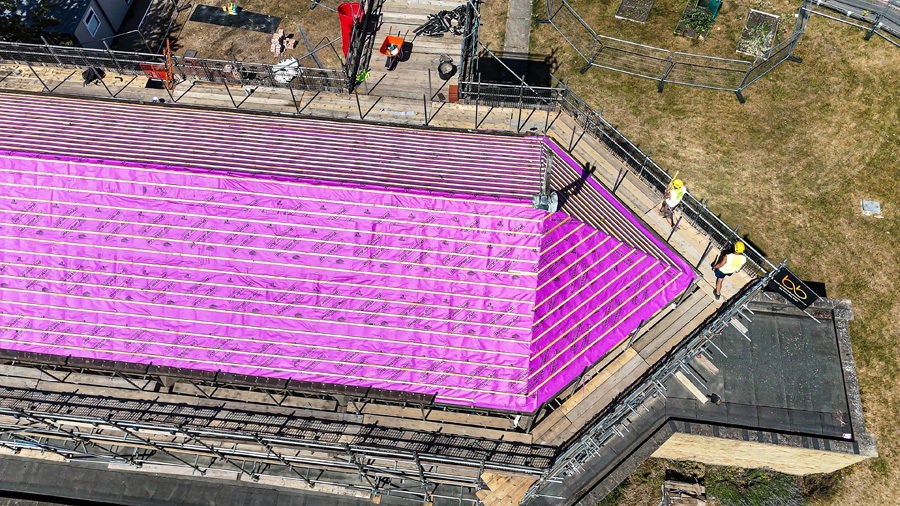The system designed to create new affordable housing and infrastructure through developer contributions is not working properly.
In a new report, the Public Accounts Committee (PAC) identifies a number of problems which stop the developer contribution system working as effectively as it should, and highlights the unacceptable issue of unsold developer-funded homes sitting empty.
The PAC’s inquiry heard evidence from the Home Builders Federation that at least 17,000 affordable housing units, provided through Section 106 (S106)* agreements between developers and planning authorities, are sitting unsold.
However, the government’s S106 Affordable Homes Clearing Service, which aims to solve the problem of developers struggling to sell their affordable homes by connecting buyers and sellers, has only around 800 unsold homes listed on it.

When the PAC’s inquiry challenged government on this significant disparity, officials were unclear as to why it existed. The report calls on government to better diagnose the extent of the S106 affordable housing problem.
The report highlights the serious problem of a lack of staffing capacity and capability of planners in local authorities.
The PAC is unconvinced government is adequately addressing this, with the report finding the issue is largely due to the working environment, caseloads, pay, and more attractive opportunities in the private sector.
Over half of English local authorities struggling to recruit planning officers in 2022, according to the Local Government Association.
This imbalance between the public and private sector mean that larger developers are generally better resourced with specialist negotiators.
The report warns this asymmetry of skills also means that councils often find it hard to challenge developers’ claims when it comes to their viability assessments of whether sites are financially feasible. Communities may therefore fail to receive the developer contributions to which they are entitled.
The PAC’s report calls on government to provide new guidance for councils, balancing the need for flexibility in negotiations with the need to dissuade developers from gaming the system.
Another systemic issue with the developer contribution system described in the PAC’s report is a fall in the number of councils with a local plan.
Without one, planning authorities risk not being able to meet local demand for new homes and may not be able to coordinate the appropriate amount of developer contributions.
The PAC’s report finds a significant fall in up-to-date plans – from 149 English local planning authorities in 2019, to only 86 (29%) now.
The report further finds that only half of all local authorities were operating a Community Infrastructure Levy (CIL) in 2024.
The CIL is intended to make getting contributions from developers fairer, faster, and more certain and transparent, and the PAC recommends that government identify areas where CIL ought to be viable and
Sir Geoffrey Clifton-Brown MP, Chair of the Public Accounts Committee, said: “This country is in the middle of an acute housing shortage, and families around the country have long been unable to access the homes they need as a result. To see any affordable home sitting empty in this context is a senseless, wasteful system failure.
"Even more frustratingly, the government’s tally of how many unsold S106 homes there may be is miles wide of the sector’s own figures.
"By the sector’s accounting, a good proportion of the new affordable homes required in a year, 17,000 of them, may be waiting out there unsold – but the government could not explain the wide disparity between this figure and the 800 homes it has itself listed as available. This state of affairs must not be allowed to continue.
“The government has understandably reached for planning system reform as a lever to unlock growth. Our report demonstrates the scale of some of the problems it has to unpick, in particular the drought of planners in local authorities.
"Without a functioning pipeline of highly-skilled planning professionals, councils will continue to be outmanoeuvred in any negotiation with developers in affordable homes negotiations.
"Given the government’s ambitions for huge increases in housing numbers, there are valid concerns that infrastructure construction will lag behind. It’s even more important that the developer contribution system works properly to keep up with planned supply.
"If government is serious about making the developer contribution system work properly, it must show how it is going to address this problem, as well as the other systemic issues articulated in our report.”
Homeowners hit by unfair charges
Meanwhile, the Housing, Communities and Local Government (HCLG) Committee has written to Matthew Pennycook MP, Minister for Housing and Planning, Ministry of Housing, Communities and Local Government, to highlight cases of homeowners unfairly charged by some local authorities under the Community Infrastructure Levy (CIL) Regulations.
In the correspondence, the cross-party Committee highlights several press reports of homeowners receiving unexpected CIL charges for small projects, even though CIL is intended as a levy for large-scale developers.
The Committee’s letter references correspondence from the CIL Injustice Group which indicates that in some cases homeowners received letters which threatened imprisonment if they did not pay the charge.
Florence Eshalomi MP, Chair of the Housing, Communities and Local Government (HCLG) Committee said: “It’s alarming to hear that some homeowners have been hit by unfair charges under the Community Infrastructure Levy (CIL) Regulations. I hope the Housing Minister can provide reassurance about the Government’s approach to tackling these unintended consequences and update the Committee on what work it is undertaking with local councils to stop unfair CIL charges on homeowners.”




















